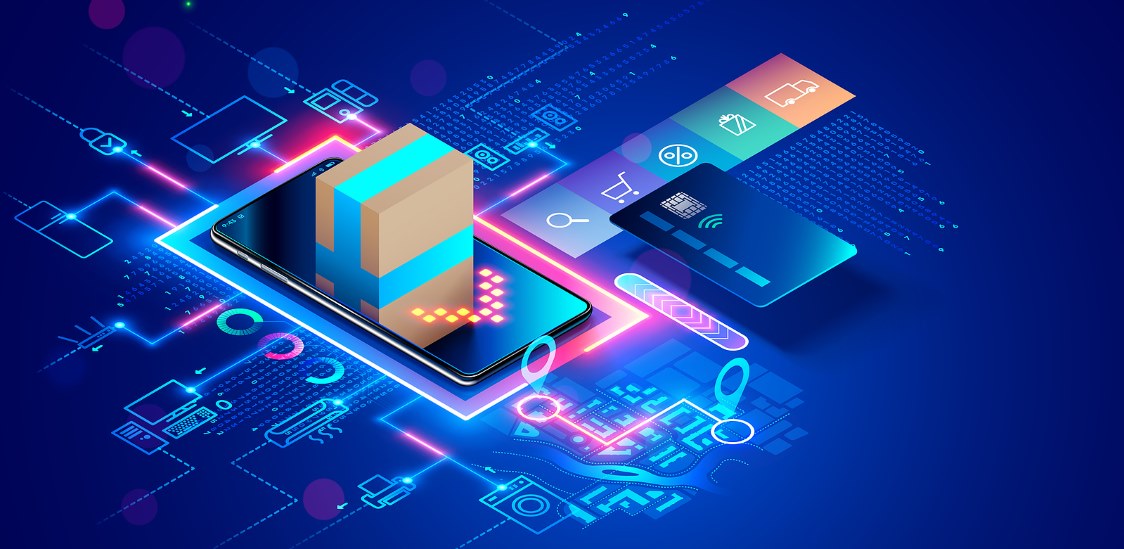This article was co-written by Timo Sytelä, Head of Pre-Sales at Qvantel and Martin Morgan, Head of Digital Marketing at Qvantel.
Massive investment in network roll out and a build it and they will come approach could describe the fibre broadband market in the last two years. We’ve been here before, as this is what happened in the 1990s with GSM (aka 2G), in the 2000s with 3G and in the 2010s with 4G.
The 10 yearly ‘new G cycle’ continued in the 2020s with 5G and for many operators, how to best monetize 5G continues to be a talking point that’s not going away. Over the last five years the mobile market has changed significantly.
For years mobile operators enjoyed double-digit growth. But things change, low-cost disruptive competitors, falling ARPUs, market consolidation and connectivity becoming a commodity became the new reality for many mobile operators.
However, there has been some significant change to drive growth in recent years. Successful operators are moving ‘beyond telco’ to becoming digital operators with several reporting double-digit growth rates as the percentage of revenues from ‘beyond connectivity’ products and services increase. There’s also the separation of mobile operators to netcos and servcos, so to better serve their customers.
Looking at the fibre market we’re reaching a tipping point that could drive a change in strategy for many of the operators. According to the European Commission 98% of homes in Europe are now passed by fixed broadband with over 70% having access to high-speed fibre or cable broadband.
The demand for fibre is still very strong with 68% of consumers in France, 65% in Spain and Italy and 52% in the UK saying that they intend to upgrade to fibre in the next 12 months. This is according to a report, Global Consumer Survey 2023, Telecoms Operators: Mobile and Fixed Connectivity (October 2023) from leading consulting firm Oliver Wyman that contained the results of a survey of over 7000 European consumers.
But given this strong demand and high percentage of households being passed by fibre, how long will it take before we reach a plateau, and the vast majority of people have fibre broadband? Most fibre operators are offering free installation and a free router. This is used to tie customers into a contract which is typically two years.
What will happen when customers’ contacts expire, and the installation (usually by a 3rd party) and the router has been paid for? Will we see the monthly price come down, or will customers go shopping around for a lower cost supplier?
We’re already seeing some AltNet operator consolidation, and, in some markets, price cutting is starting to happen. For anyone who’s worked in mobile in the last decade these market trends are all too familiar.
Will fixed broadband providers go through the same gradual changes as many mobile operators have had to endure for the last 5 years? Or will they be able to learn from the most successful and innovative mobile operators, bypass the hard times and mirror the most successful strategies and tactics.
Use more than network speed to differentiate
In the mobile market when a new G (4G, 5G) came along the initial marketing always contained the words ‘high speed or super-fast’ and often was accompanied by a picture of a F1 racing car. That’s ok to a point, until a new competitor offers the same high-speed at a reduced price. Or bundles in content or other digital services.
Winning new customers based on speed is only the start. Once a fibre operator wins a new customer they need to keep and nurture them. They need to deliver the best level of customer service and build loyalty which can enable the operator to sell new services such as mobile and digital content services.
Expand into mobile
ISPs providing fixed broadband services and AltNets should look at becoming MVNO (mobile virtual network operators) so they can offer FMC (fixed mobile convergence) offers. The more offers a customer buys from a single supplier then the stickier the services. Just as the vast majority of mobile operators have expanded into offering fixed broadband services, then the ISPs and AltNets should look at the opportunities FMC can provide.
Sell more ‘beyond connectivity’ services and products
We’ve seen several mobile operators expand their portfolios and are selling a wide range of digital services as they move from becoming a traditional telco to a digital lifestyle provider. This can involve selling everything from digital health services to insurance to gaming. There is the opportunity for fibre operators to do likewise. As they provide connectivity and network equipment in peoples’ homes, they are perfectly positioned to offer complimentary services on top of this connectivity (such as home security, intelligent homes, etc).
Multi-play customers (FMC, insurance, energy, security, content, etc) spend more money with their operator and are also much less likely to churn. The success of such strategies can often be based on how much the customer trusts their broadband operator and how easy it is to engage with them. Bundling and providing cross product incentives (discounts, loyalty points) can often provide attractive enticements for customers to purchase multiple products and services from a single, trusted supplier.
Deliver the best experience at all touchpoints
Use of digital channels for sales, customer engagement and care have been embraced by the mobile industry. Higher NPS, lower care costs, lower acquisition costs and delivering a better customer experience are all reasons why digital channels are so prevalent in the mobile industry. But is this the same for fibre operators?
Most have mobile apps that let customers see their bills and engage with customer care, but do they provide engagement for other touchpoints in customer journeys? For example, scheduling installation of lines and equipment is often done by phone calls, SMS messages and emails, and not supported by the operator’s app.
In addition, mobile apps can also be used for lead capturing. Fibre providers can run marketing campaigns to measure interest in different locations to help decide when and where to lay fibre. For those customers who express interest, the fibre operator can then ask them to download the app which will inform the leads on the progress of fibre availability in their area and send messages when fibre is available which helps turn the leads to customers.
Also, the underlying systems need to support omnichannel engagement. Customers should be able to get the same experience at any stage of their digital journeys regardless if they engaging via a mobile app, a web portal, a chatbot, a customer care representative or in-store.
Delivering the best experience helps increase loyalty, satisfaction and trust which all impact a customer’s decision to purchase additional services from their fibre operator.
Look forward with cloud-native IT
A big problem with the mobile industry was that they got dragged down by legacy systems. Some were using systems that were designed before apps existed and all telcos sold were voice, data and text services. As a result, a lot of the digital transformation initiatives failed, as they were trying to re-engineer legacy stacks where a new, fresh approach was needed.
The vast majority of mobile operators have now digitally transformed the systems and processes to support their B2C customers and many are now turning their attention to transformation for B2B customers. But for several this has been a long, expensive and arduous process.
Fibre operators have an advantage here, as the new AltNets are starting from scratch. They don’t have the legacy issues to contend with. Many ISPs have been using home-grown or generic SaaS based sales and service systems.
For both the option is to move to new cloud-native, no/low code system that will give them the agility to extend ‘beyond telco’ to grow revenues and focus on delivering the best digital experience for customers to become a trusted digital partner. The fibre operators can learn from the mobile operators here as many mobile companies got bogged down by legacy and vendor lock-in.
This is changing and many mobile operators are now actively involved in industry wide initiatives like the TM Forum’s Open APIs and Open Digital Architecture to ensure that they have a future proof approach for their IT stacks, which is standards-based, modular, easy to integrate, no vendor lock in and cloud-native. Fibre providers could do worse than look at these initiatives when reviewing at their IT strategies.
For CSPs who have legacy stacks then the option is to examine migration to a new platform that support FMC as well as the new beyond connectivity offers and business models.
Summing up
The mobile industry has endured some challenges in the last 5 years. However, the fastest growing operators have been the ones who have focused on a digital operator strategy and embraced digital channels, automated processes and selling a wide range of 3rd party digital services.
The mobile industry has changed utterly since the days of ‘build it and they will come’ and there are many lessons that fibre operators can use as they grow their businesses. The above are just five areas but are important to enable the evolution of retail fibre providers to be truly customer focused and evolve to become digital operators.

Timo Sytelä is Head of Pre-Sales at Qvantel. Timo has over 25 years’ experience in managing telecoms BSS and monetization systems and has led system teams in operators such as Ooredoo and Sonera.

Martin Morgan is Head of Digital Marketing at Qvantel. Martin has worked in telecoms software since the early days of mobile. He’s sat on company and trade association boards and ran the marketing teams for four different BSS and monetization companies.




















